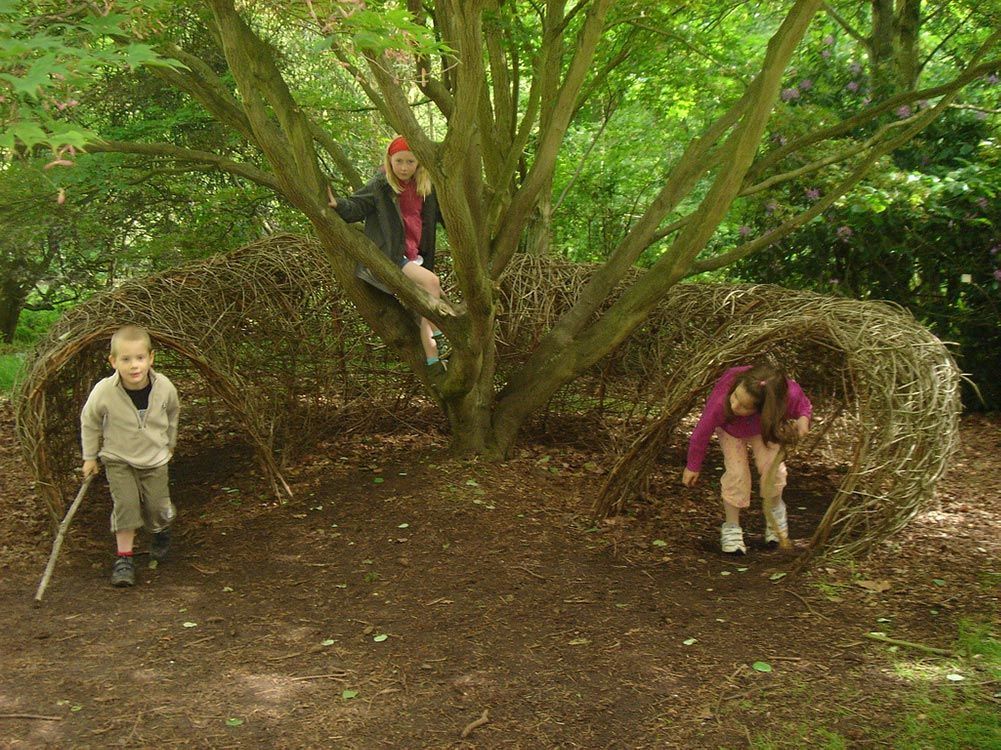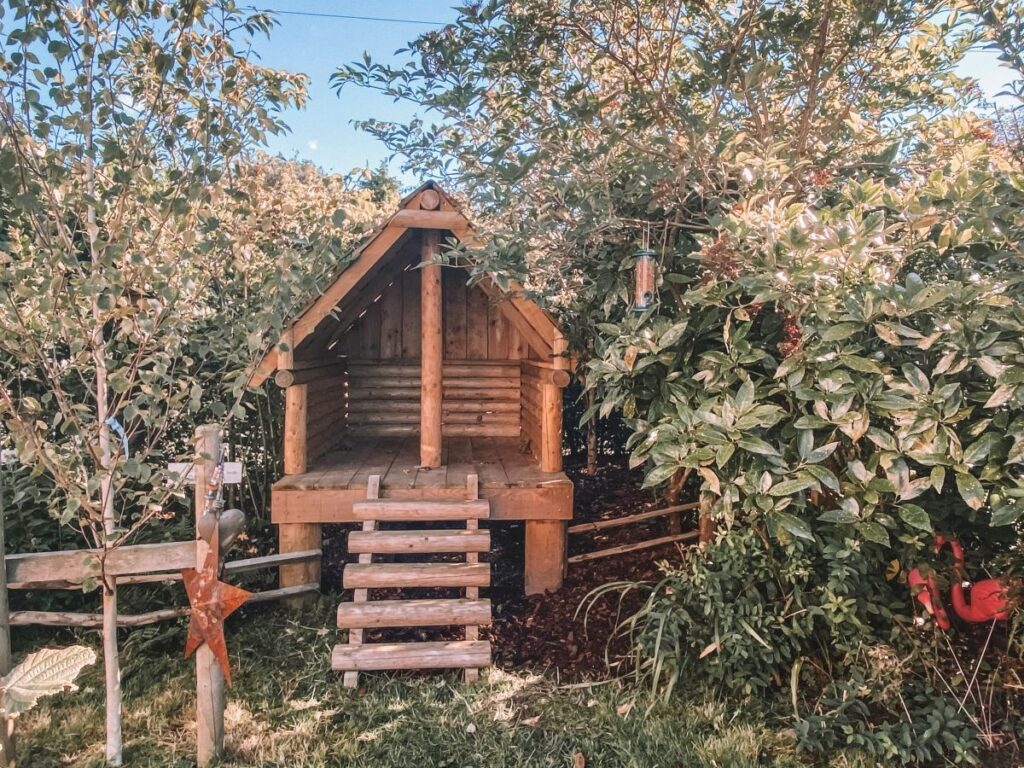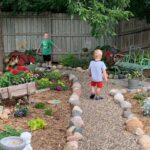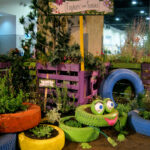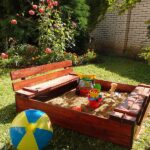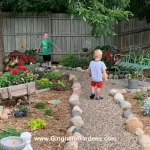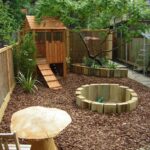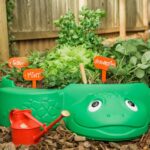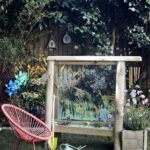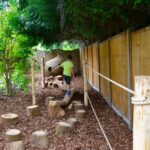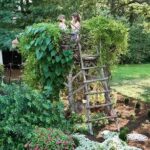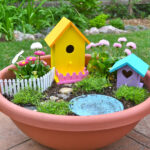Children’s gardens are a great way to introduce kids to the wonderful world of gardening and nature. By creating a space specifically designed for children, you can engage their senses, foster their love for the outdoors, and teach them valuable life skills. Here are some creative ideas to help you create a fun and educational children’s garden in your backyard.
One popular idea for a children’s garden is to create a sensory garden. This type of garden includes a variety of plants that appeal to the senses, such as flowers with bright colors, herbs with fragrant scents, and vegetables and fruits that can be tasted. By engaging multiple senses, children can have a fully immersive experience in the garden and learn to appreciate the beauty and diversity of nature.
Another great idea for a children’s garden is to include a butterfly garden. This type of garden features plants that attract butterflies, such as milkweed, coneflowers, and butterfly bushes. By watching these colorful insects flutter around the garden, children can learn about the life cycle of butterflies and the importance of pollinators in the ecosystem.
A fairy garden is a whimsical and magical addition to any children’s garden. This miniature garden can include small plants, tiny houses, and fairy figurines to create a enchanted world that sparks the imagination. Children can spend hours playing and creating stories in their fairy garden, fostering creativity and storytelling skills.
To encourage physical activity and play, consider adding a natural playground to your children’s garden. This can include elements such as tree swings, climbing structures, and balance beams made from natural materials like logs and branches. By incorporating elements of nature into their play space, children can develop gross motor skills and experience the joy of outdoor play.
To teach children about sustainability and environmental stewardship, consider creating a vegetable garden in your children’s garden. By growing their own fruits and vegetables, children can learn about where their food comes from, the importance of caring for the environment, and the satisfaction of growing and harvesting their own produce. This hands-on experience can instill a lifelong love of gardening and healthy eating habits.
Finally, don’t forget to include spaces for children to relax and observe the garden. You can set up a cozy reading nook with cushions and books, a bird-watching station with binoculars and a bird feeder, or a nature art station with colored pencils and paper. These quiet spaces allow children to connect with nature in a peaceful and reflective way, fostering a sense of wonder and appreciation for the natural world.
